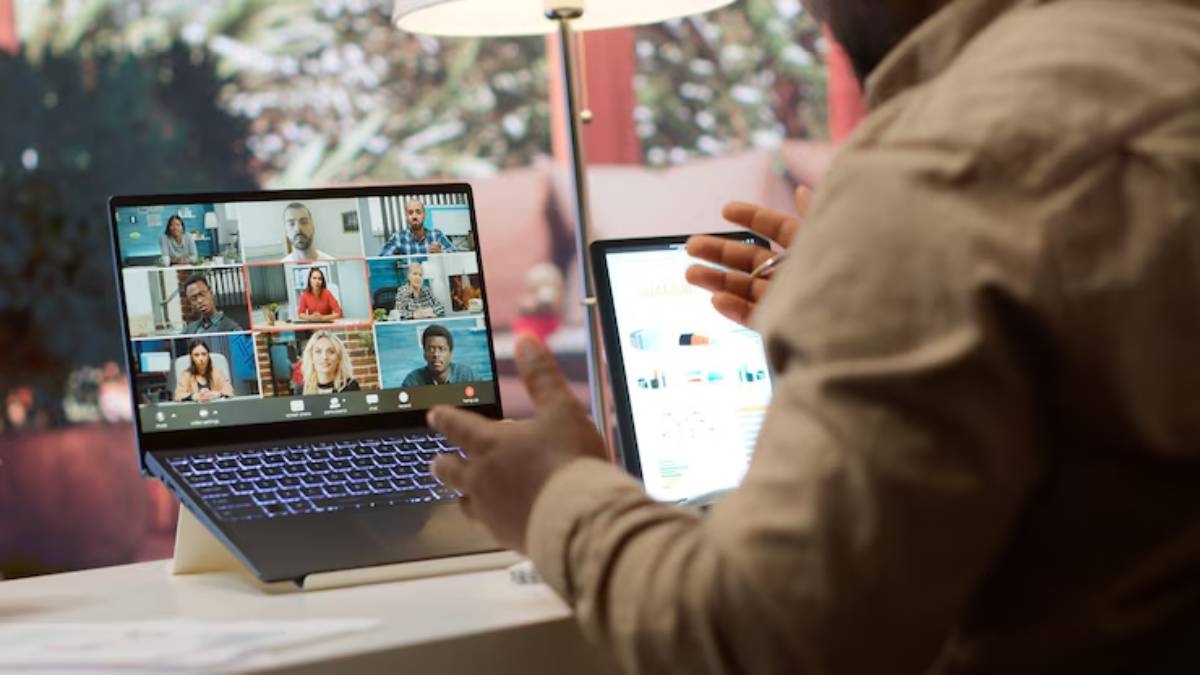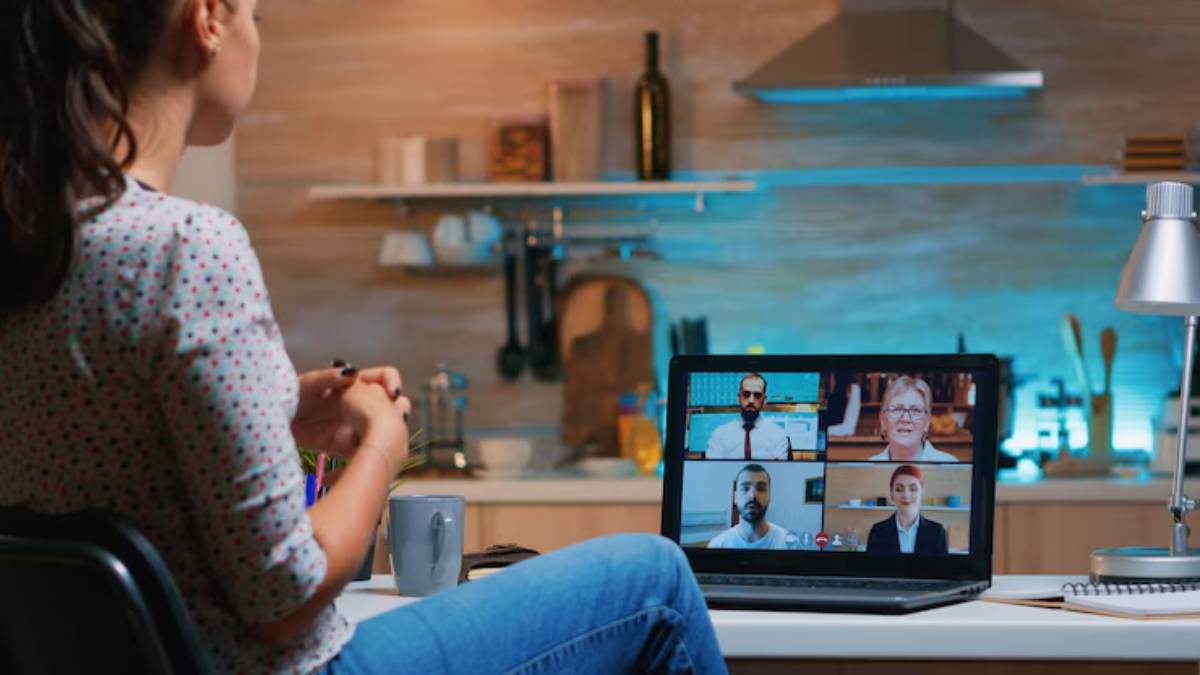The Health Blog

Building Social Connections While Working Remotely
Working remotely has given many of us freedom — to design our space, manage our hours, and cut out the commute. But there’s one cost we don’t talk about enough: connection. Even when we’re digitally surrounded by messages, meetings, and notifications, loneliness can sneak in — slowly, quietly, and often unnoticed.
The truth is, you can feel socially disconnected even if you’re constantly “on”.
Building strong relationships when you work remotely isn’t about forcing fun or small talk. It’s about creating moments of real human connection, even through a screen. And it’s essential for your emotional health, your job satisfaction, and your team’s success.
In this article, we’ll explore why remote work socialising matters, how to build authentic virtual connections, and what it takes to foster a sense of belonging from your desk at home.
Why social connection matters more than ever
The human brain craves connection, not just collaboration

We’re wired for social contact. Studies have shown that isolation affects not only mental health but also memory, concentration, and physical well-being. In an office setting, casual conversations, shared lunch breaks, and spontaneous laughter give us that sense of connection.
In remote work, those moments don’t happen unless you create them deliberately.
Without social interaction, remote workers are more likely to experience:
- Loneliness and disengagement
- Reduced motivation
- Communication breakdowns
- Decreased trust and team cohesion
And this isn’t just a personal issue — it’s a business one. According to Gallup, employees who feel connected to their team are more productive, more loyal, and less likely to burn out.
So if you’ve been feeling a bit off, ask yourself: When was the last time I had a real chat with someone at work, not just about work?
The challenges of connecting remotely
What’s stopping us from bonding behind the screen?
It’s not that people don’t want a connection. But remote work creates some specific barriers that make it harder to form or maintain social bonds:
- Lack of informal interaction: No hallway hellos or kitchen chats
- Time zone differences: Asynchronous work makes real-time chatting tricky
- Zoom fatigue: When meetings are constant, social video calls feel like work
- Isolation from company culture: Especially for new or remote-first hires
- Personal hesitancy: Some people feel awkward initiating virtual chats
Acknowledging these challenges is the first step to solving them. You’re not imagining the distance, but you can bridge it, step by step.
How to stay socially engaged when you’re working solo
Connection doesn’t need to be big — it just needs to be real
Socialising in remote work doesn’t have to be about formal events or team-wide icebreakers. It can be small, low-pressure habits that bring warmth and a human touch to your day.
Here are practical ways to stay socially connected:
1. Start with check-ins: Open meetings with a few minutes of casual conversation. Ask, “How’s your week going?” or “What’s one non-work thing you’re looking forward to?” This helps build relational trust over time.
2. Reclaim the coffee break: Block 15 minutes weekly for a virtual coffee or walk-and-talk with a colleague — no agenda, just chat. Make it part of your rhythm.
3. Use messaging apps for casual updates: Drop fun gifs, random wins, or weekend photos into team chats. Slack channels like #watercooler or #just-for-fun are a great space for this.
4. Celebrate more than just deadlines: Birthdays, pet adoptions, new homes, and hobbies — these moments build connection. Start a team tradition for sharing wins (big or small).
5. Join or create social interest groups: Love books, fitness, or photography? Invite others to share their passions too. These groups create belonging outside your job role.
6. Check in on others: Send a message to a colleague you haven’t spoken to in a while. A simple “Hey, how have you been?” can open the door to connection.
7. Mix in real-time engagement: Balance async messages with live chats now and then. Voice or video builds deeper rapport than endless typed threads.
Fostering virtual team bonding with purpose

Culture isn’t cancelled — it just went digital
Team bonding in remote settings doesn’t need to be cheesy or forced. It works best when it’s intentional, inclusive, and playful.
Try these team-building strategies:
- Monthly virtual socials: Trivia, escape rooms, show-and-tell, or games like Skribbl and Jackbox
- “Random coffee” pairings: Auto-match two team members for an informal catch-up
- Themed days or challenges: Wellness week, photo scavenger hunts, or desk-decor contests
- Team shout-outs: Create a space for peer recognition and appreciation
- Collaborative playlists: Let everyone add their favourite tracks to a team playlist
- Create a buddy system: Especially helpful for onboarding new hires and remote-first workers
And remember, bonding doesn’t need to happen during big events. It thrives in the small, frequent signals that say: “We see you. You’re part of this.”
The link between social health and mental wellness
Disconnection can quietly drain your well-being
Social health is a pillar of mental health. When we feel isolated, our resilience drops, our stress increases, and our performance suffers.
In remote work, the lack of social reinforcement — smiles, nods, “good job” moments — means many workers internalise silence as rejection or irrelevance.
But a socially connected team member:
- Feels safer sharing ideas
- Experiences less stress and burnout
- Bounces back quicker from setbacks
- It is more likely to stay long-term
If you’ve been feeling flat or foggy, consider whether it’s connection — not caffeine — you need.
For a deeper dive into maintaining wellness in remote work, you might also find support in this piece on managing anxiety and depression while working remotely, especially if disconnection has gone beyond just loneliness.
Creating a socially supportive remote culture
It starts with intention, and leadership makes a difference
If you’re in a leadership or team-building role, your influence matters more than ever. People take cues from what you model, not just what you mandate.
Here’s how to cultivate a truly connected remote culture:
- Prioritise FaceTime: Not just in meetings, but in casual interactions
- Encourage vulnerability: Share your own human moments — burnout, parenting, silly errors
- Respect social preferences: Not everyone wants games; offer multiple ways to connect
- Keep an eye out: If someone goes quiet, check in — not just on their workload, but on their wellbeing
- Support structured interaction: Help newer or introverted employees get involved without awkwardness
Remote culture isn’t accidental. It’s built with care, warmth, and consistency.
To further support emotional and team wellbeing, you can also explore guidance in how managers can support remote employees’ mental health — especially useful as your team grows or faces change.
When social efforts feel awkward or exhausting
Not every connection attempt will feel easy — and that’s okay
Let’s be honest: remote socialising can sometimes feel forced or tiring. That doesn’t mean it’s failing — it just means we’re all adjusting.
If you’re feeling Zoom-burnt or hesitant, try:
- Asynchronous bonding: Voice notes, shared docs, or discussion threads instead of live calls
- Opting out with grace: It’s okay to skip a virtual game night if you’re not up for it
- Starting small: One thoughtful message can mean more than joining a 20-person event
- Being honest: “I’d love to connect, but I’m feeling low energy this week — can we chat next?”
Human connection isn’t about perfection. It’s about presence. Even when it’s quiet, clumsy, or short — it still counts.
Conclusion: You’re not meant to do this alone
Remote work can offer so much freedom, but freedom without connection can quietly become isolation. You’re not weak for missing people. You’re not strange for wanting more than just tasks and deadlines.
You are human. And connection is how humans thrive.
So reach out. Start a conversation. Reclaim the casual chat. Invite someone to co-work silently. Share something personal. Celebrate the everyday.
Because remote doesn’t have to mean removed. You have the power to build meaningful connections — even across screens. And it starts with just one genuine “Hey, how are you really doing?”









